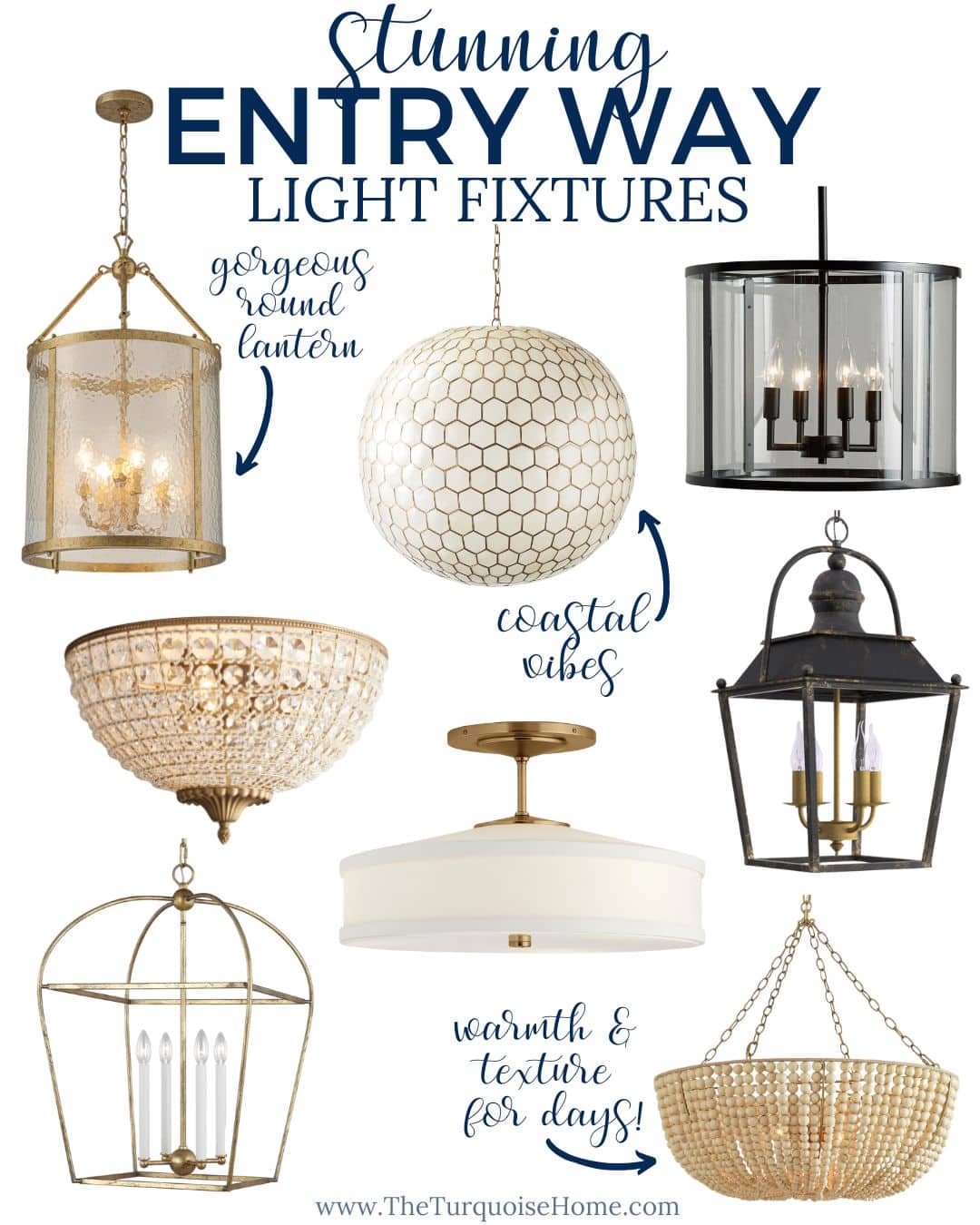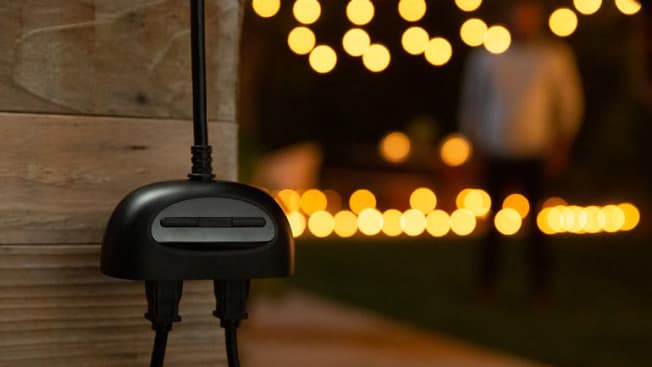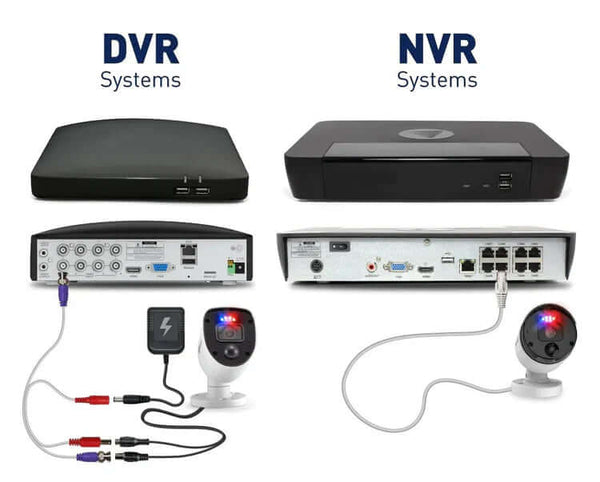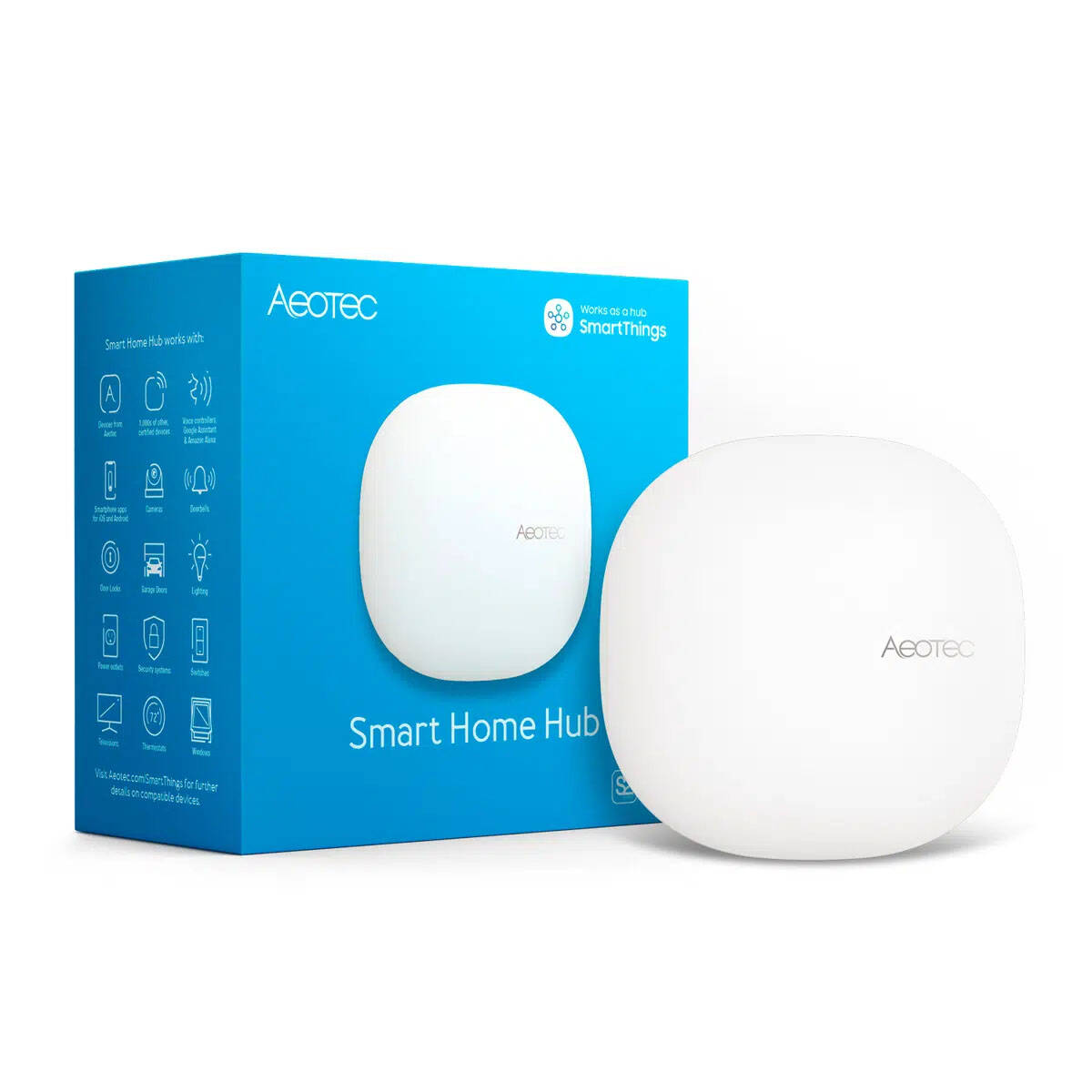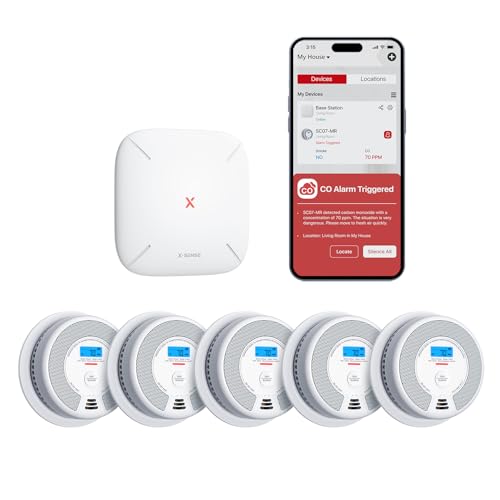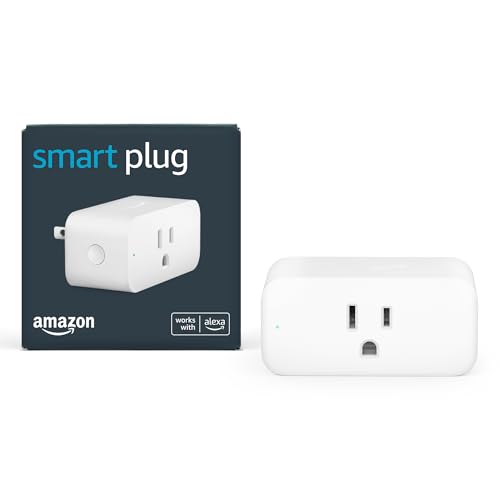Imagine coming home after a long day, and your entryway lights turn on automatically, welcoming you with a warm glow. No fumbling for switches, no walking into a dark hallway.
Automating entry lights isn’t just about convenience—it’s about safety, comfort, and adding a touch of smart living to your daily routine. If you’ve ever wished your home could anticipate your needs, this simple upgrade can make a big difference. You’ll discover how easy it is to set up automated entry lighting and why it’s one of the smartest moves you can make for your home.
Keep reading to see how this small change can transform your everyday experience.
Benefits Of Entry Light Automation
Entry light automation lets you control your outdoor lights easily. It uses sensors and timers to turn lights on and off.
This technology improves safety, saves energy, and makes your life more convenient.
Enhanced Home Security
Automated entry lights help keep your home safe. Lights turn on when someone approaches your door.
This can scare away burglars and alert you to visitors at night.
- Lights activate with motion sensors
- Lights stay on during dark hours
- Deters unwanted visitors
Energy Efficiency
Entry light automation saves electricity by using lights only when needed. Lights turn off automatically after no movement is detected.
This reduces wasted power and lowers your energy bills.
- Uses timers to control light duration
- Motion sensors reduce light use
- Energy savings lower costs
Improved Convenience
Automated entry lights turn on and off without any effort from you. You do not need to find switches in the dark.
You always have light when you enter or leave your home.
- Lights activate automatically at night
- No need to manually switch lights
- Easy to adjust settings remotely
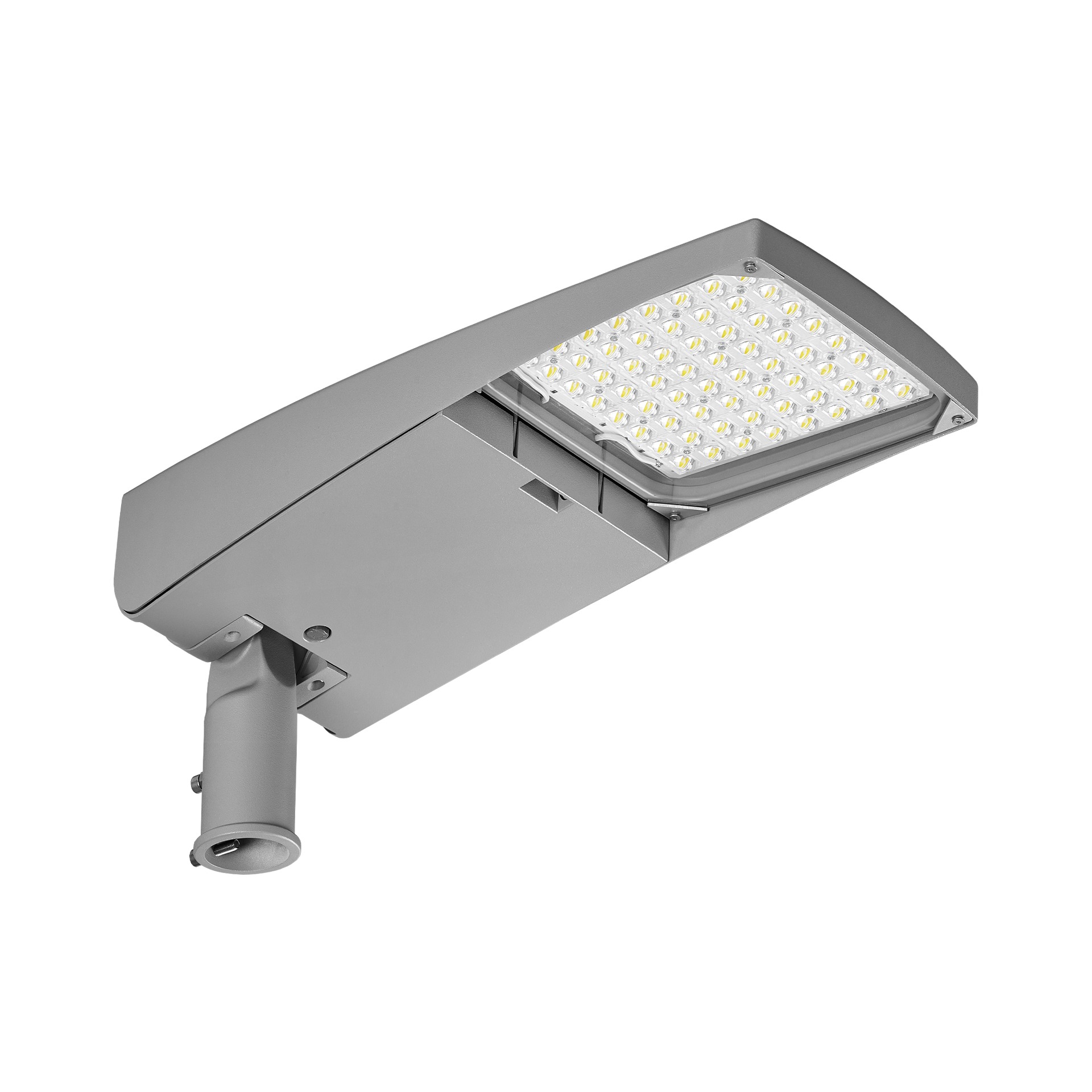
Credit: lenalighting.com
Types Of Automated Entry Lights
Automated entry lights make your home safer and easier to use. These lights turn on and off without you needing to touch a switch.
There are different types of automated entry lights. Each type works in a unique way to light up your entry.
Motion Sensor Lights
Motion sensor lights turn on when they detect movement near your door. They help you see clearly when you arrive home.
These lights save energy by staying off when no one is around. They also add security by lighting up if someone passes by.
- Detect movement within a set range
- Turn off after no motion is detected
- Ideal for driveways and front doors
Smart Bulbs And Fixtures
Smart bulbs connect to your phone or voice assistant. You can control them from anywhere using an app or voice commands.
These lights can change brightness or color. You can set schedules or turn them on before you arrive home.
- Remote control via smartphone
- Adjust brightness and colors
- Works with home automation systems
Timer-based Systems
Timer-based lights turn on and off at set times. You can program them to match your daily routine.
These systems are simple and do not need sensors. They help save energy by lighting only when needed.
- Set on/off times for each day
- No sensors needed
- Good for consistent lighting schedules
Key Features To Consider
Automating entry lights makes your home safer and more convenient. Choosing the right features helps you get the best use.
Focus on features that fit your needs and home setup. This guide covers important points to help you decide.
Sensitivity And Range
Sensitivity controls how easily the light detects movement. Range is the distance the sensor can cover.
Choose a sensor with adjustable sensitivity. This avoids false triggers from small animals or wind.
- Higher sensitivity detects smaller movements
- Longer range covers bigger areas
- Adjustable settings offer better control
Integration With Smart Home Devices
Smart home integration lets you control lights with apps or voice assistants. It adds convenience and flexibility.
Look for compatibility with popular systems like Alexa, Google Home, or Apple HomeKit. This helps connect all devices.
- Remote control from your phone
- Use voice commands to turn lights on or off
- Set schedules and routines automatically
Power Sources And Backup Options
Entry lights can use batteries, electricity, or solar power. Choose the best option for your location and needs.
Backup power keeps lights working during outages. This is important for safety and security.
- Battery-powered lights are easy to install
- Wired lights provide steady power
- Solar lights save energy but need sunlight
- Backup batteries or generators ensure light during power loss

Credit: www.amazon.in
Installation Tips For Entry Lights
Entry lights help make your home safer and easier to access at night. Installing them correctly ensures they work well and last longer.
This guide covers important tips for placing, wiring, and testing your entry lights.
Optimal Placement
Place entry lights where they shine on walkways and doorways. Avoid areas blocked by trees or walls.
Lights should be high enough to cover a wide area but low enough to avoid glare in your eyes.
- Mount lights about 6 to 8 feet above the ground
- Ensure light covers main paths and door steps
- Avoid placing lights near reflective surfaces
- Use motion sensors to save energy
Wiring And Setup
Turn off the power before starting any wiring work. Use proper cables rated for outdoor use.
Connect the wires securely and follow the manufacturer’s instructions for your light model.
- Use waterproof connectors for outdoor wiring
- Secure wires to avoid damage from weather or animals
- Check local codes for electrical safety rules
- Consider hiring a licensed electrician if unsure
Testing And Calibration
After installation, test your lights in the evening to check coverage. Adjust the angle if needed.
Set motion sensors to trigger at the right distance and time. Test multiple times to ensure proper function.
- Turn lights on and off to check wiring
- Walk through the sensor range to test motion detection
- Adjust sensor sensitivity and light duration
- Replace bulbs if lights are dim or flickering
Popular Brands And Models
Automating entry lights makes your home safer and more convenient. Many brands offer motion sensor and smart lighting options.
These lights turn on automatically when they detect movement. They help save energy and improve security at night.
Top Motion Sensor Lights
Motion sensor lights activate when they sense motion nearby. They work well for entryways, driveways, and patios.
Popular models include floodlights and wall-mounted lights. They usually have adjustable sensitivity and timer settings.
- Mr. Beams MB360 Wireless Motion Sensor Light
- LEONLITE LED Motion Sensor Floodlight
- Ring Floodlight Camera
- Heath Zenith Motion Activated LED Security Light
- GE Enbrighten Motion-Sensing Outdoor Light
Leading Smart Lighting Solutions
Smart lights connect to Wi-Fi or Bluetooth. You control them using apps or voice assistants.
These lights often include motion sensors and can change colors. They fit well with smart home systems.
- Philips Hue Outdoor Sensor and Lights
- LIFX Clean Outdoor Smart Light
- Ring Smart Lighting
- Nanoleaf Shapes Outdoor
- TP-Link Kasa Smart Outdoor Light
Troubleshooting Common Issues
Automated entry lights are very useful for safety and convenience. Sometimes, these lights do not work as expected. This guide will help you fix common problems with entry lights.
We will look at issues like lights not turning on, false triggers, and connectivity problems. Each section has simple tips to solve these problems.
Light Not Turning On
If your entry light does not turn on, first check the power source. Make sure the bulb is not burnt out and the switch is on.
Check if the sensor is clean and not blocked by dirt or objects. Dirty sensors may stop the light from working.
- Test the bulb by replacing it with a new one.
- Ensure the power supply is connected and working.
- Clean the sensor gently with a soft cloth.
- Check for loose wiring or connections.
False Triggers
False triggers happen when the light turns on without any real reason. This can waste energy and annoy you.
Common causes include pets, moving branches, or passing cars. Adjust the sensor settings to reduce these triggers.
- Change the sensor sensitivity to a lower level.
- Trim plants or branches near the sensor.
- Move the sensor to avoid busy areas.
- Use sensors that detect body heat instead of motion.
Connectivity Problems
Many entry lights connect to apps or smart home systems. Sometimes, these connections fail or drop.
Check your Wi-Fi signal and make sure the device is within range. Restart the router or the light to restore connection.
- Place the light closer to the Wi-Fi router.
- Restart your Wi-Fi router and the light device.
- Update the light’s firmware or app software.
- Reset the device and set it up again if needed.
Future Trends In Automated Lighting
Automated lighting is changing how we light our homes and streets. New technology makes lights smarter and more useful.
Future trends focus on making lights adapt to our needs and work with other smart devices.
Ai And Adaptive Lighting
Artificial intelligence helps lights learn your habits. Lights can change brightness and color based on time and activity.
Adaptive lighting saves energy by using only what you need. It also improves comfort by adjusting to your mood.
- Lights adjust to daylight levels
- Use sensors to detect movement
- Change colors for different activities
- Learn your schedule for automatic changes
Integration With Security Systems
Automated lights work with security systems to make homes safer. Lights turn on if they detect unusual activity.
This integration helps scare off intruders and alerts owners. It also lights paths for safe entry at night.
- Lights activate with alarms or cameras
- Use motion sensors to detect movement
- Connect with smart locks and doorbells
- Provide clear visibility for security cameras

Credit: www.amazon.in
Frequently Asked Questions
What Are The Benefits Of Automating Entry Lights?
Automating entry lights enhances convenience and security. It saves energy by turning lights on only when needed. Automation also improves home safety by illuminating pathways automatically at night or when motion is detected.
How Do Motion Sensors Work With Entry Lights?
Motion sensors detect movement within a set range. When triggered, they activate the entry lights instantly. This helps conserve energy and provides immediate illumination for safe entry during low light conditions.
Can I Automate Entry Lights With Smart Home Systems?
Yes, most smart home systems support entry light automation. You can control lights via apps, voice commands, or set schedules. Integration allows seamless management and customization to fit your lifestyle.
What Types Of Entry Lights Are Best For Automation?
LED lights are ideal due to low power use and durability. Choose fixtures compatible with motion sensors or smart bulbs. Weatherproof designs are best for outdoor entryways to ensure longevity.
Conclusion
Automating entry lights makes life simpler and more convenient. No more fumbling in the dark. It saves energy and reduces costs. Smart lights enhance home security. They deter unwanted guests. You can control lights with your phone. Or your voice.
It’s easy to install and manage. Most systems are affordable. They fit any budget. Transforming your home into a smarter one is possible. Start small, with entry lights. Experience the benefits firsthand. A step towards a brighter, smarter future. Enjoy peace of mind with automated lighting.
It’s a smart choice for every home.
18 min read

